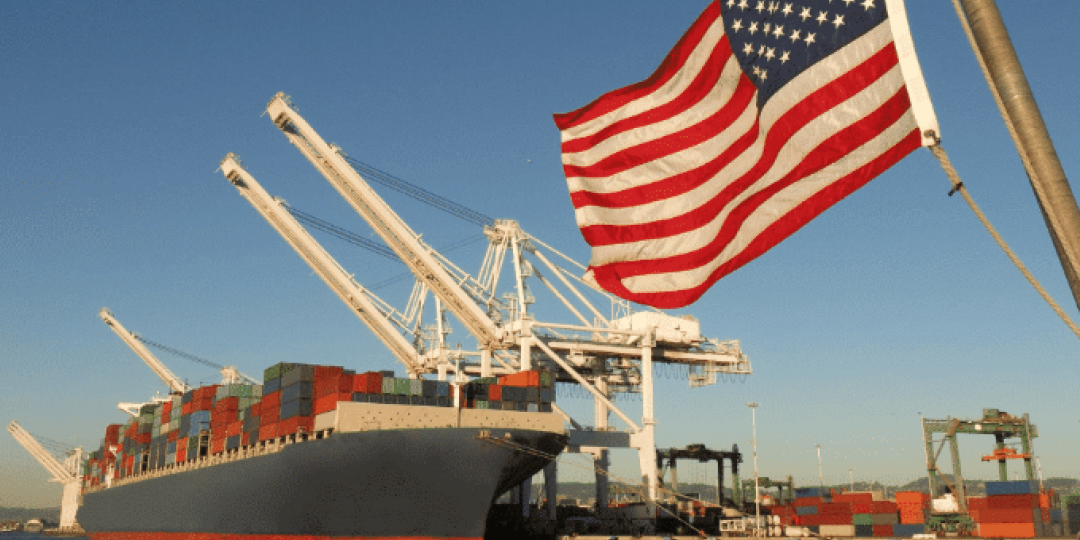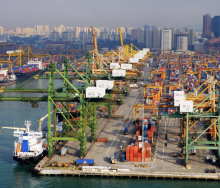The US’s import cargo volume has already hit its expected peak across the country’s major ports for the year and should gradually slow headed into the holiday season.
This is according to the Global Port Tracker report released by the National Retail Federation (NRF) and Hackett Associates on Tuesday.
“Cargo volumes will still be strong the rest of the year, but not as high as we expected a month ago,” NRF vice president for Supply Chain and Customs Policy, Jonathan Gold, said.
“Retailers stocked up early this year as a safeguard against supply chain labour issues and are well-situated to meet consumer demand.
“Shoppers are spending more than they did last year, but the rate of growth we’ve seen the past couple of years has slowed and retailers are working to strike the right balance of supply and demand.”
With consumers worried over the impact of inflation and high interest rates – particularly for groceries, vehicles and mortgages – discretionary spending growth is slowing and retail cargo imports are expected to decline, Hackett Associates founder, Ben Hackett, said.
Consumer spending grew 1.8% year on year in the second quarter rather than the 2.3% originally estimated, and NRF said last month that retail sales for the year could come in at the low end of its forecast of 4%-6% annual growth.
“We are already seeing this in the operational decisions carriers are making. They have slowed down their ships to cut capacity without having to take vessels out of service as new, larger ones ordered when demand was higher are delivered,” Hackett said.
“Even so, ships are not sailing fully loaded, and freight rates are declining as a result. That’s a further indication that no cargo growth from current levels is expected on the near-term horizon. Perhaps 2024 will be better.”
Inbound volume at US ports covered by Global Port Tracker had been forecast to reach two million TEUs in August and stay at that level through October. That would have been the first time the two million TEU mark has been reached since October 2022.
Instead, ports handled 1.96 million TEU in August, the latest month for which final numbers are available. This was up 2.3% from July but down 13.5% annually. Ports have not yet reported September numbers, but Global Port Tracker projects the month at 1.94 million TEU, down 4.3% compared to 2022.
October is also forecast at 1.94 million TEU, November at 1.91 million TEU and December at 1.88 million TEU. This would bring 2023 volume to 22.1 million TEU, down 13.5% from the 25,5 million TEU handled in 2022.
January 2024 is forecast to see a volume of 1.88 million TEU, up 4.2% annually while February, historically the slowest month of the year because of Lunar New Year factory shutdowns in Asia, is forecast to hit 1.74 million TEU, up 12.7% compared to February 2023.













